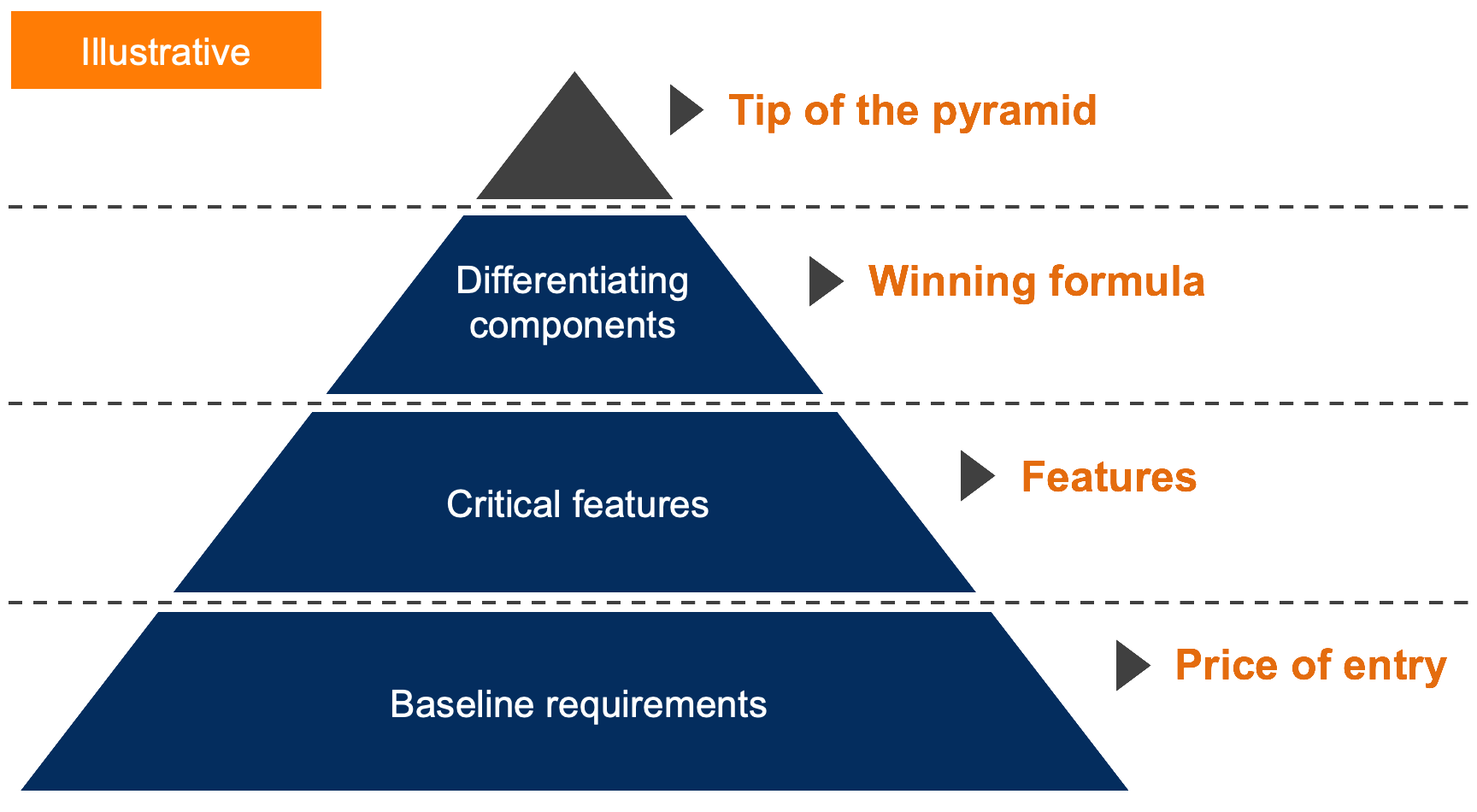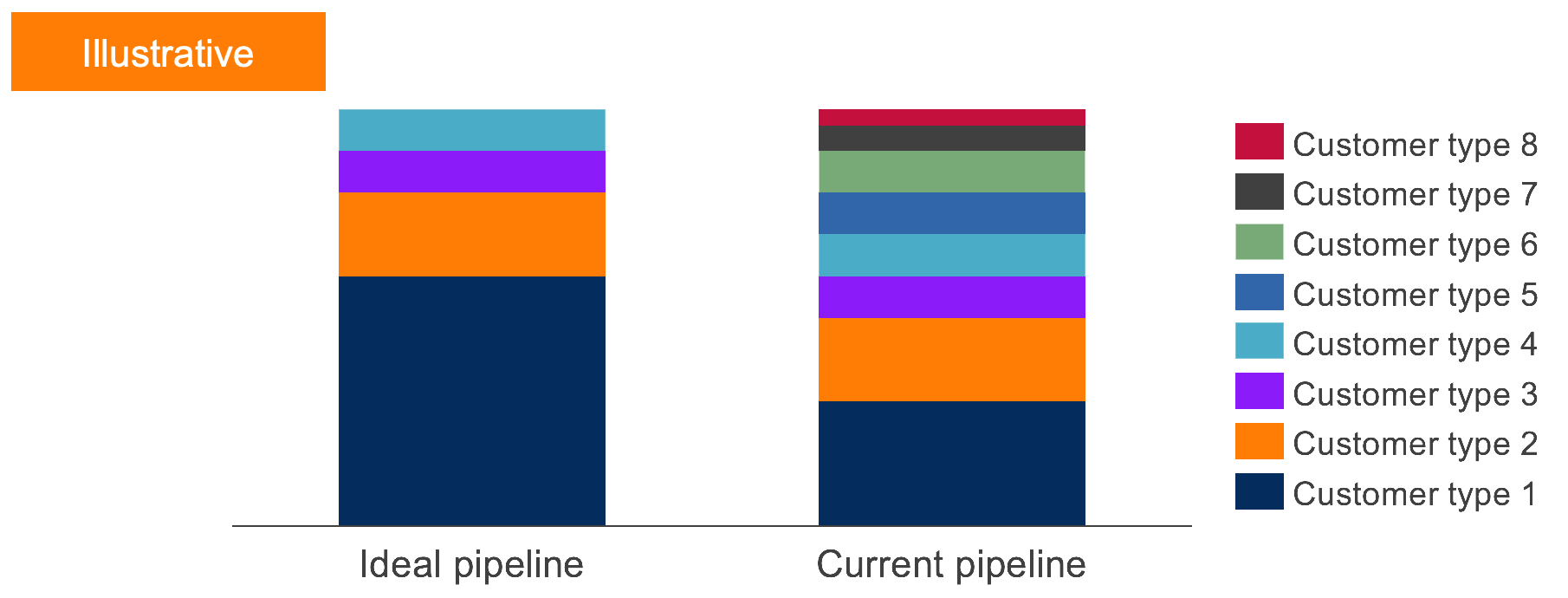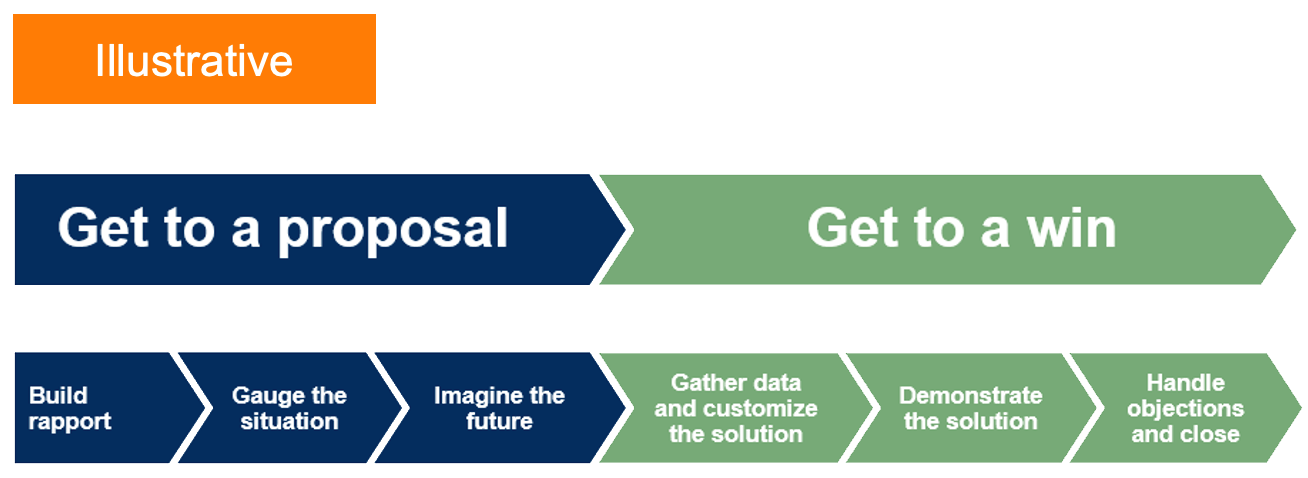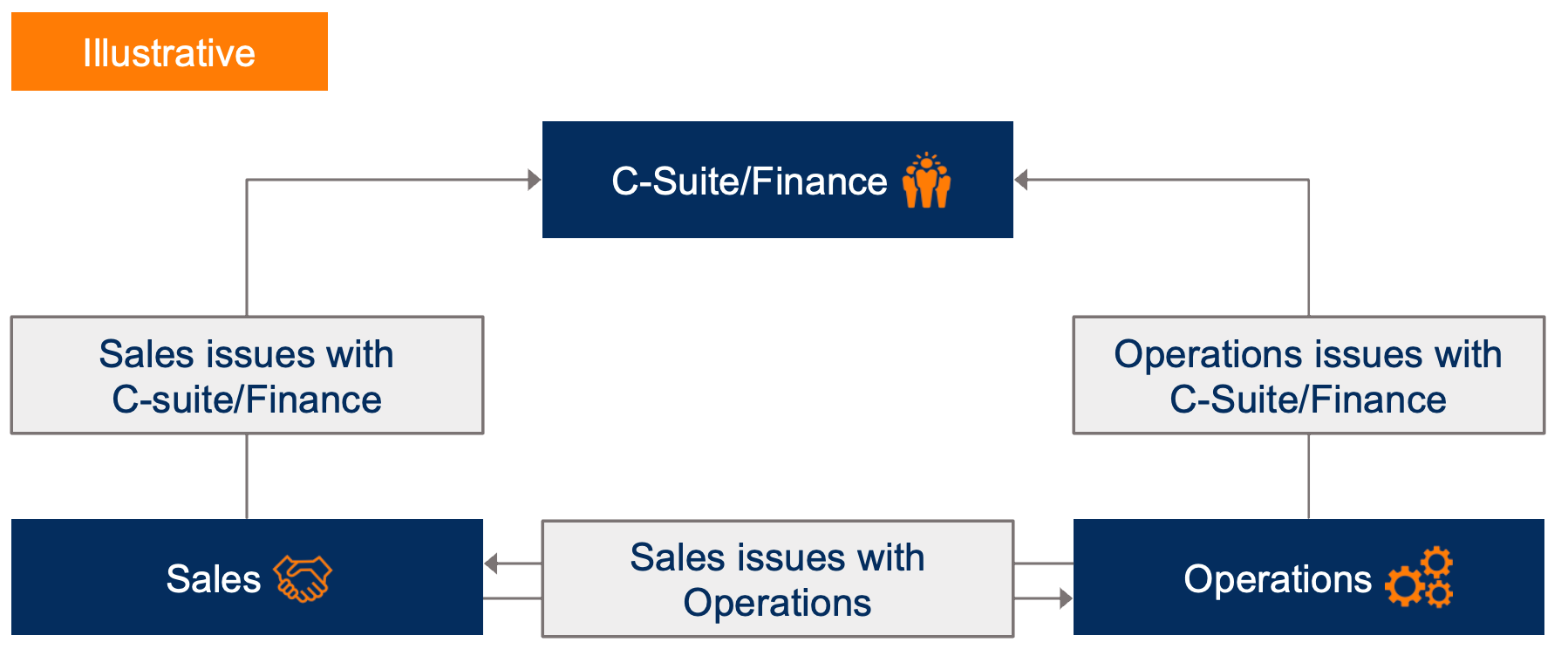
Brokers and intermediaries have gained a foothold in many business sectors, providing value-added industry expertise, management savvy, and cost savings.
We recently worked with a large North American industrial services broker whose sales were falling short of target. We were asked to diagnose the problem and provide recommendations for how to correct it.
To do this, SATOV
- Aligned the salesforce with the value proposition and identified target customer profiles that were most profitable
- Analyzed the sales funnel to refocus the salesforce on the right target segments
- Evaluated and codified the sales process to enrich conversations at each stage of the sales cycle
- Suggested changes to improve company culture and collaboration
1. Aligning the salesforce on the value proposition and identifying the ideal target customer
Our research demonstrated that our client provided the most value, had higher sales-close-rates, and were most profitable among customers having complex needs. So, we helped re-emphasize their value proposition and better aligned their salesforce to target customers more likely to fit this profile (see Image 1). In other words, customers whose needs were generic and could be handled easily by many industry providers were plentiful, but unprofitable.
Image 1. Value pyramid framework used to communicate value proposition and identify ideal customer

2. Analyzing the sales funnel
Once we refined the target customer profile, we looked at the client’s sales pipeline within Salesforce.com. Who were their prospects? And what work were they proposing?
We found that the ideal target we identified in step one did not align with who was in the pipeline (see Image 2). Too much time was being spent pursuing prospective customers with more commodifiable needs, leading to lost bids.
Image 2. Ideal mix of customer types vs. current pipeline

3. Evaluating and codifying the sales process
Having important prospect information easily accessible helps equip the sales team for conversations with potential buyers. Upon further Salesforce.com evaluation, we identified issues with the process for engaging with Salesforce.com, including inconsistent logging and tracking of contact information.
One of the key points in this step was that our client dealt with a range of customer types, customer sizes, and customer industries. Each of these variables necessitated buying programs and processes of different levels of sophistication. Our client’s sales process needed to be adapted for these varying needs.
The sales team needed to collect and record prospect information properly to proactively adapt conversations for different customer types at key points throughout the sales cycle (see Image 3).
Image 3. Stages in client sales process requiring adaptation based on customer data

4. Improving company culture and collaboration
To have an effective sales team in a specialized industry, it is important for the sales team and the operations team to work collaboratively to get the win.
We helped our client in this area by mapping out where in the sales cycle to bring in the knowledge and expertise of the ops team (see Image 4).
Through acknowledgement of the value that different teams bring throughout the sales process, we helped our client achieve greater cultural alignment, fostering a winning environment.
Image 4. Stages and team involvement in the sales process

Outcome
We found significant wins for the client throughout this engagement. Through strong analytics, we identified the most profitable customers, and found too much focus and time spent on non-ideal customers.
And we helped improve close rates with the right customer segments. We did this by helping improve compliance with Salesforce.com, making small but meaningful changes to the type of data being collected and the methods used to collect it by the widely dispersed team.
Finally, we helped strengthen company culture, creating an environment where winning bids is a collaborative effort.
By developing a prioritized list of solutions and a high-level sales playbook to address gaps in targeting, sales process, and company culture, we completed a successful engagement and delivered value along the way.
